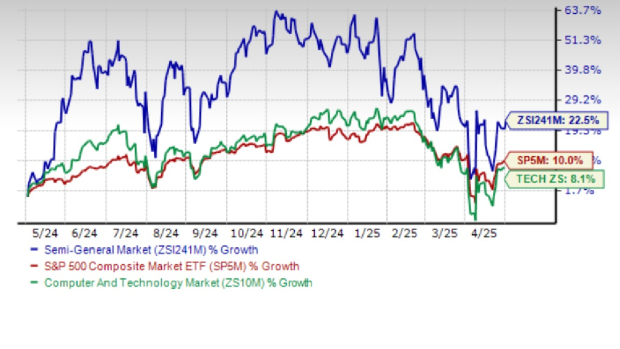Expected Social Security COLA Raises and Their Future Implications
Social Security recipients rely on cost-of-living adjustments (COLAs) to keep pace with rising prices. Without these annual increases, benefits would lag behind inflation, gradually reducing purchasing power. Essentially, retirees would receive less money as time goes on.
While the Social Security Administration is unable to calculate the 2026 COLA for several months, the Congressional Budget Office (CBO) predicts a 2.4% increase next year. This would mark the smallest adjustment for retirees since 2021. However, this forecast was made prior to President Trump’s administration.
Since that time, retirees have faced unsettling news from Washington. In early April, the Trump administration implemented the largest tariff increase in history. As the effects of this significant shift in trade policy unfold, many economists anticipate rising inflation, potentially leading to a higher Social Security COLA for 2026 than originally expected.
While a larger COLA may seem beneficial, it could have unintended consequences. A significant adjustment may deplete the Social Security Trust Fund sooner than anticipated, limiting Congress’s timeframe to address potential benefit cuts. Read further to explore this issue.

Image source: Getty Images.
Understanding How Social Security COLAs Work
The Social Security Administration calculates annual COLAs using a specific subset of the Consumer Price Index (CPI) called the CPI-W.
The formula is straightforward: divide the CPI-W from the third quarter of the current year by the same figure from the previous year. The resulting percentage increase becomes the COLA for the following year. For example, when the CPI-W rose 2.5% in the third quarter of 2024, benefits increased by the same amount in 2025.
Notably, the third quarter spans from July through September, so the Social Security Administration won’t finalize the 2026 COLA until it can access the CPI-W data from October 2025. Thus, the final determination of the COLA is months away.
Potential Inflation Increase Due to Tariffs
Predicting future inflation remains complex amid uncertain U.S. trade policies. President Trump has frequently modified or temporarily paused tariffs shortly after their implementation. For instance, a recent 90-day delay was placed on aggressive reciprocal tariffs.
Nonetheless, a consensus among 64 economists surveyed by The Wall Street Journal projects that CPI inflation will steadily rise throughout the year, reaching 3.5% by December 2025, up from 2.4% in March 2025.
Although CPI and CPI-W are not identical, it is reasonable to assume tariffs will impact both similarly. This means the CPI-W inflation, which was reported at 2.2% in March 2025, could increase by around 1.1 percentage points to approximately 3.3% by December 2025. In this scenario, the 2026 COLA for Social Security may be around 3%.
Implications of a Higher COLA on Social Security Benefits
The CBO estimates that the Social Security Trust Fund, which covers benefits for retirees, spouses, survivors, and disabled workers, will be exhausted by fiscal 2034. This depletion is due to ongoing deficits, where the costs of benefits surpass revenues from taxes and interest on trust funds.
It’s important to note that even if the trust fund runs out, Social Security benefits won’t stop entirely. However, payments will be reduced unless Congress addresses the funding shortfall. Without further financing solutions, remaining tax revenues may only cover 77% of scheduled benefits by 2035, leading to a potential 23% cut.
This projection assumes a 2.4% COLA for 2026. However, considering economists’ forecasts of increased inflation due to tariffs, a larger COLA seems likely. If that occurs, Social Security costs could surpass initial estimates, depleting the trust fund even earlier than expected and allowing Congress less time to avert significant reductions in benefits, posing challenges for retirees and Social Security beneficiaries.
Potential Social Security Bonuses Often Overlooked
Many Americans fall behind on retirement savings, but several little-known “Social Security secrets” may help increase retirement income.
Learning how to maximize Social Security benefits can potentially result in annual boosts of up to $22,924. With the right strategies, retirees may gain the financial confidence for a secure retirement.
The views and opinions expressed herein are solely those of the author and do not necessarily reflect those of Nasdaq, Inc.



